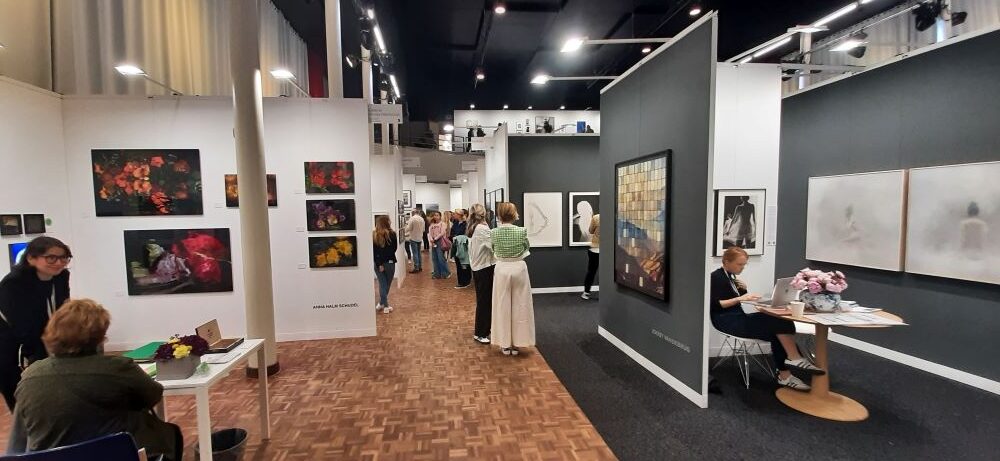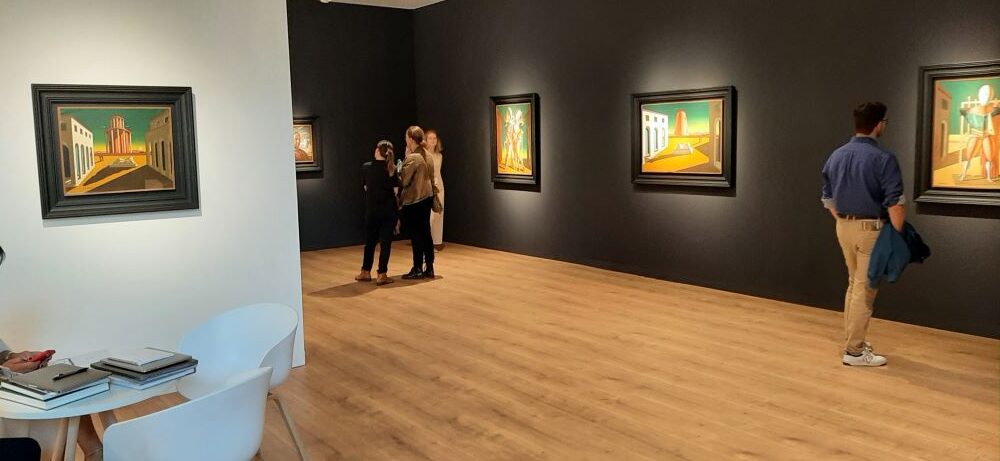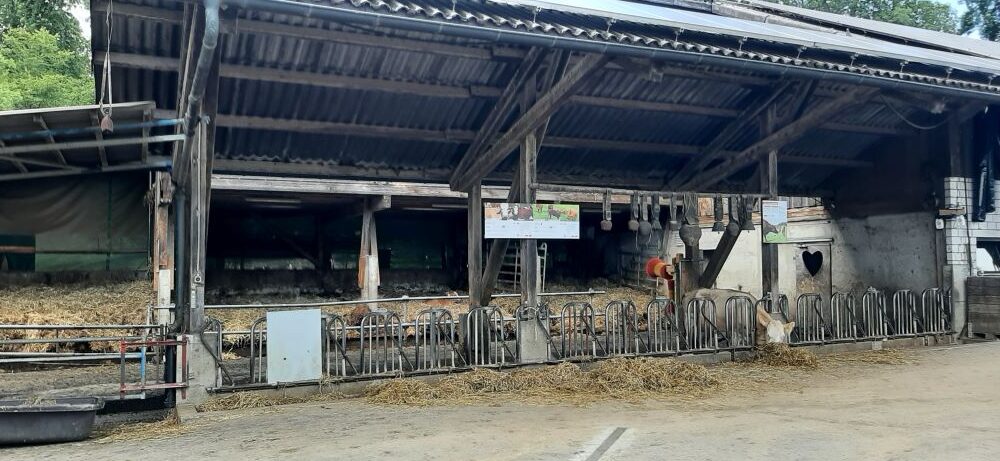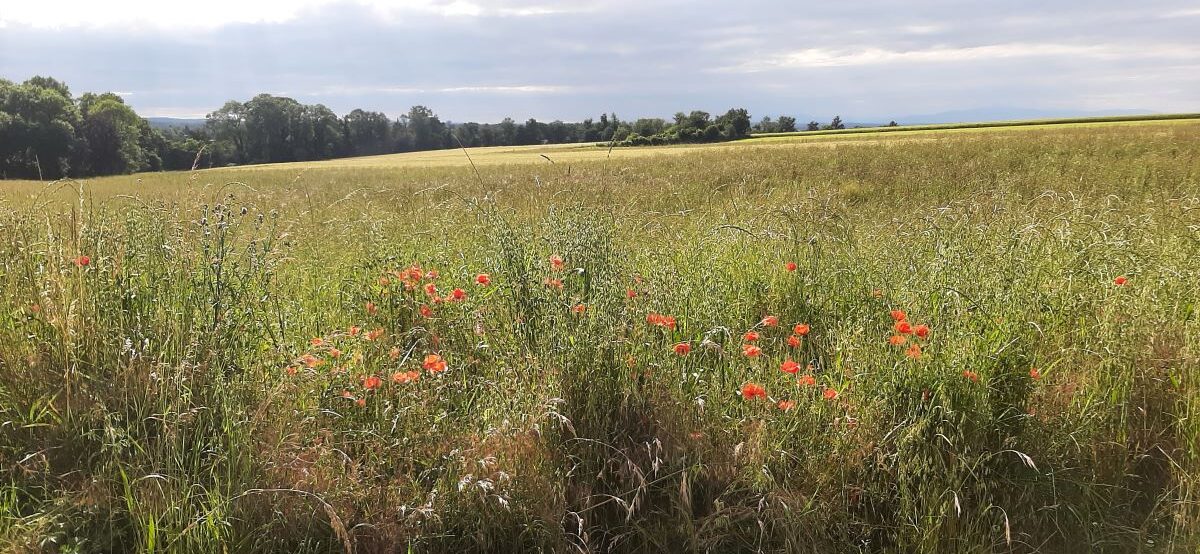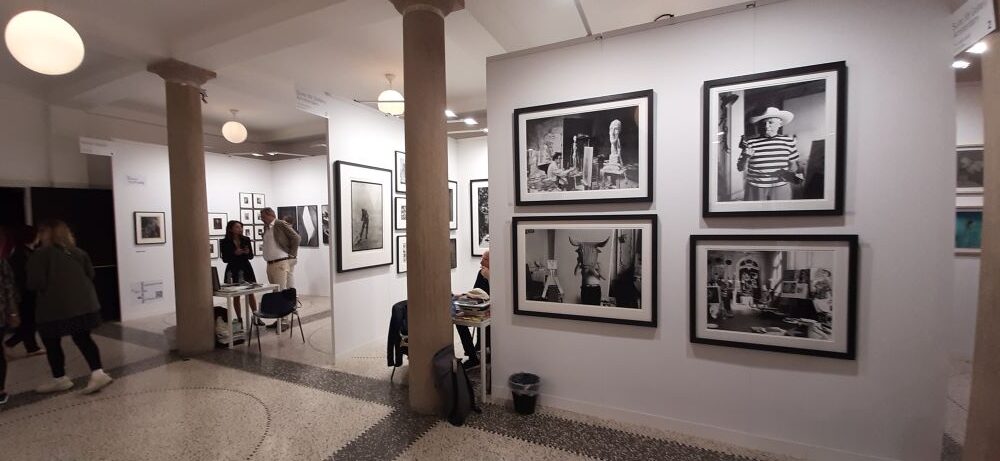Rickenbach (Commune of Niederrickenbach) in the canton of Nidwalden was first mentioned in 1314. The late Gothic statue of Mary with the infant Jesus dates from the period (around 1350).
According to legend, the statue was rescued in 1528 during the iconoclasm of the Reformation in the Bernese Oberland and brought to Rickenbach, where the altar of the pilgrimage church (Wahlfahrtskirche) stands today.

The place developed into a spot of pilgrimage. The first chapel was built in 1593. In 1798, many people from Nidwalden sought refuge in the chapel due to the violent French invasion.

Copy of a Painting from 1799 in the chapel depicting the transport of Nidwalder men by the French military in 1799. They all survived, however, and visited the chapel after their release. The original is in the monastery of Einsiedeln.
The first sisters arrived in Rickenbach on 4 September 1857. They came from Engelberg, where they had prepared for monastic life in the Benedictine monastery of Engelberg.

The Stäfelihaus
They moved into an old farmhouse, the “Stäfelihaus”, next to the monastery gate, which still exists today. The nuns knew how to act, as the first monastery buildings were completed as early as 1864. Further buildings followed in 1897 and 1973.
In addition, some nuns moved to America in 1879 and founded several convents there.

The pilgrimage chapel still attracts many pilgrims today, and the Benedictine monastery is well-positioned both religiously and economically. The herb garden, the weaving mill, the hotel, and thousands of pilgrims form the monastery’s economic basis.

Daily spiritual life is in good hands with the sisters. Thousands of people visit the pilgrimage church and the pilgrims’ house (Pilgerhaus) every year, and the landscape itself is a spiritual experience.
(Source and further information: Maria-Rickenbach Monastery)
Impressions of the monastery, the pilgrimage church and the landscape










Dallenwil and the cable car to the monastery









